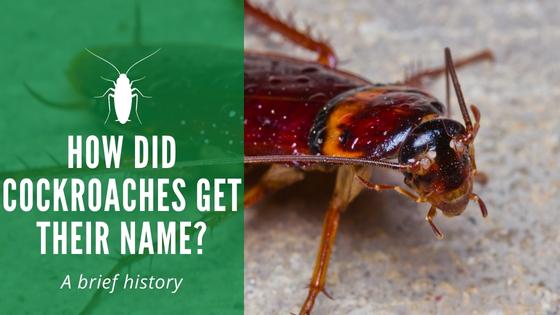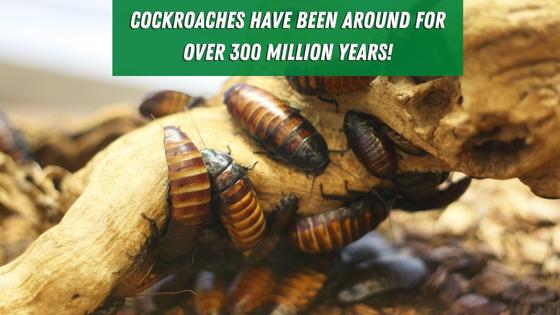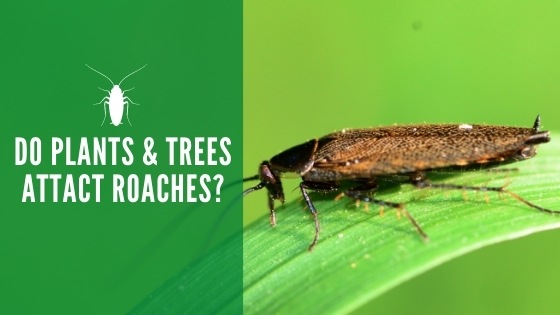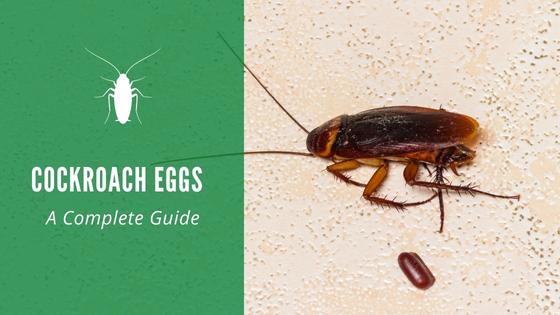How Did Cockroaches Get Their Name?

Cockroaches have plagued humans since the dawn of time, and you’ve likely heard these bugs called by various names. People often refer to larger cockroaches as water bugs or palmettos, but their general origins are the same. Exploring how cockroaches got their name gives you more insight into the history of these insects plaguing humanity for centuries.
How Roaches Got Their Name
The word “cockroach” originally came from Spain. In Spain, people often used the word “cucaracha” as a term for bugs, which often included similar types of roaches as what you’d find in your house today. The Spanish word for roaches comes from the Latin word “blatta,” which means an insect that shines the light.
The insect order Blattodea reflects this origin of name, and the category of bugs also includes termites, another type of insect that tends to prefer living in dark spaces. In modern language, a group of cockroaches is called an intrusion, which is exactly what you might feel you are dealing with when you encounter an infestation on your property.
Whether you use the term roach or palmetto bug, you might also be interested to know that the original insects from this order existed millions of years ago.
A Brief History of Roaches
No one knows exactly when roaches came into existence, but it is understood that they lived during the Carboniferous Era, about 359 million years ago. Back then, roaches were quite a bit larger and reflected the oversized nature of most land animals and insects.

Over the years, researchers have studied fossils of roaches and other insects from that time. Recently, a scientist discovered fossils from a cockroach species called Ectobius that once lived in North America 49 million years ago. This contrasts with the now outdated belief that that species originated in the Old World of Africa or Europe 5 million years later.
Differences Between Modern and Fossil Roaches
Size is the most obvious difference between those prehistoric roaches and today’s smaller nuisance versions. The other notable difference is the lack of ovipositors that the fossilized roaches have. Fossils show that past cockroaches did not have the long tube-like appendages on their bodies that modern roaches use to lay eggs today.
While our modern roaches are still quite small compared to what scientists find in fossils, a few are quite large today. For instance, the Giant Burrowing Cockroach, which lives in Australia, can be as large as 35 grams. This species can also live for around ten years, which is longer than the average life span of one year for the typical household cockroach.
Common Cockroaches Found Today
In modern times, people have further defined roaches by different names that reflect their species, appearance, and general origin. In most places, you’ll find that roaches fall into the categories of German, American, and Oriental cockroaches.
Most modern roaches are under one-inch today, but they can still be a major nuisance. Fortunately, living in today’s times means having an array of solutions available to help you eradicate an infestation.
Instead of merely having to run from huge ones like what existed in the past or just dealing with them, you can use modern methods for treatment to end this age-old problem.



